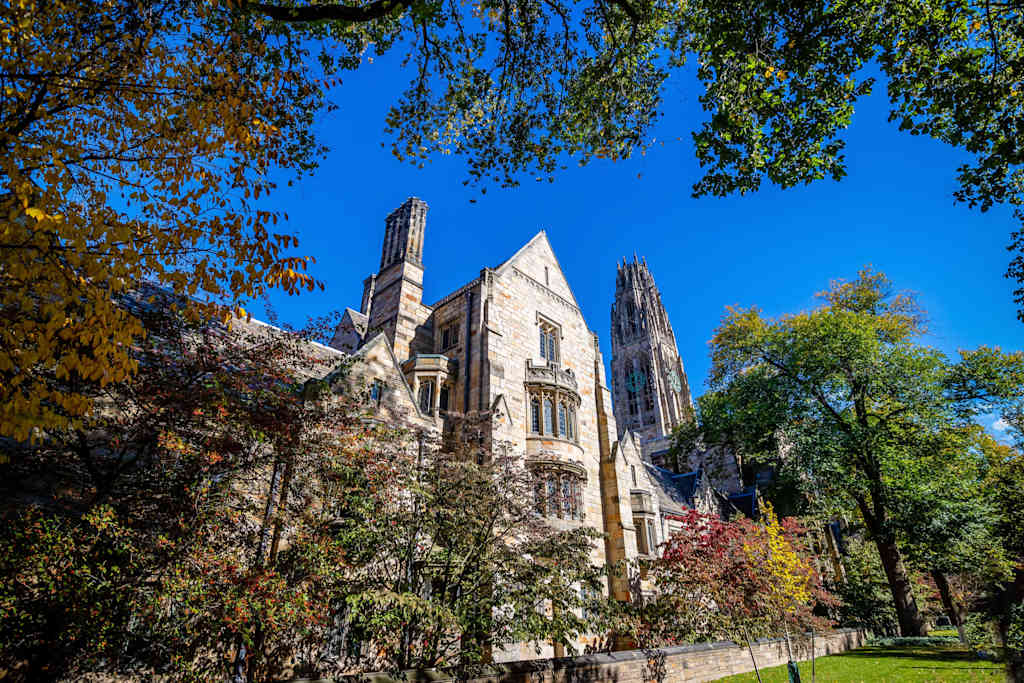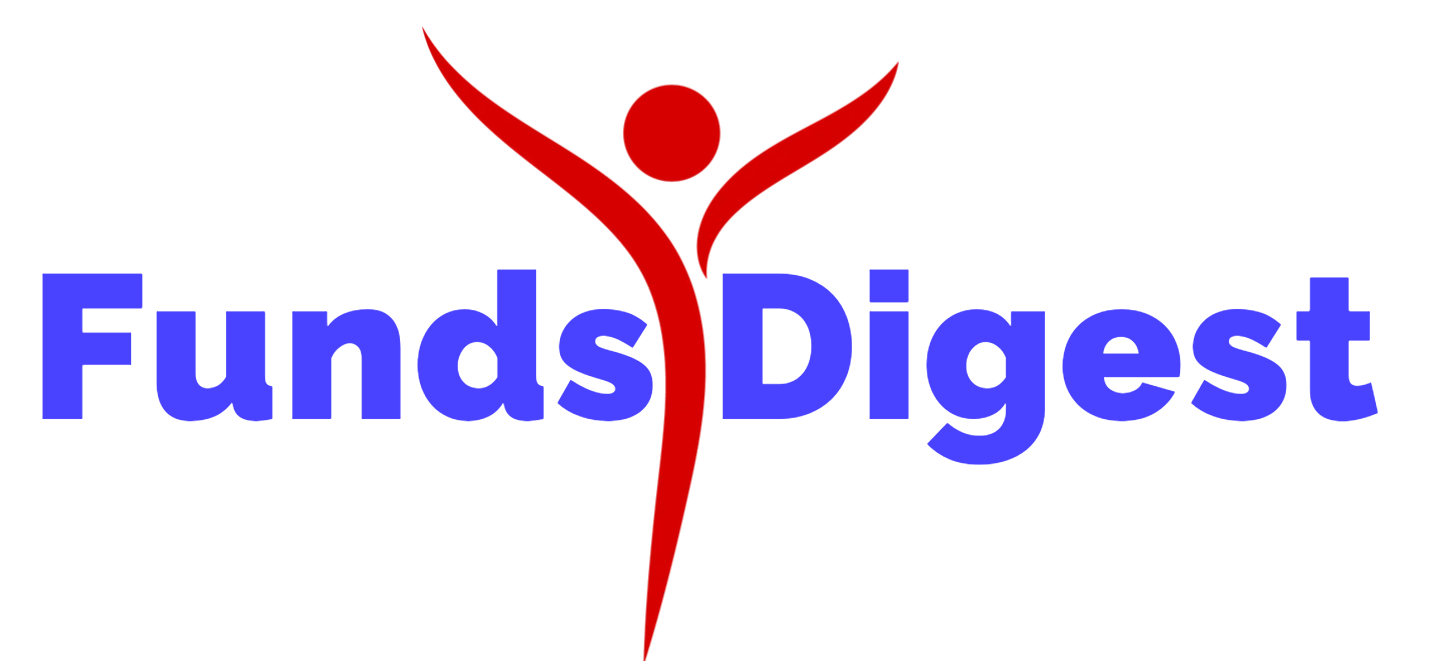
The average cost of college continues to increase every year. The average college tuition is about $20,000 per year, but private four-year colleges typically charge much more. Additional costs, such as housing and meals, books and supplies, transportation, and other expenses, can come close to doubling the average cost.
Most students need financial aid to pay for college. Since government financial aid does not keep pace with increases in college costs, many students look for colleges with generous financial aid packages. About 70% of students receive some financial aid to help pay for college.
Some private colleges compensate for the higher costs by offering generous grants. Many of the most prestigious colleges have “no loans” financial aid policies that replace loans with grants and part-time student employment.
We turned to trusted sources, like the Integrated Postsecondary Education Data System (IPEDS), to find the following data on private and public universities:
Learn about start dates, transferring credits, availability of financial aid, and more by contacting the universities below.
According to data from the Integrated Postsecondary Education Data System (IPEDS), the following schools offer students the most generous financial aid packages.Note Reference [1]
Berea College is a standout institution for financial aid, promising that all enrollees pay $0 in tuition regardless of their family’s annual income. More than three-quarters of the school’s fall class of 2024 (77%) currently attend at zero cost.
Beyond the college’s “no tuition” policy, Berea’s students are issued a laptop at zero cost and can receive an average of $4,000 for school-funded internships. Third- and fourth-year students are additionally eligible to receive a $400 stipend for professional clothing needed for jobs and interviews. Berea even sets its students up with a department store representative who can assist them in selecting the best choices.
The Colby Commitment means that students from families who earn less than $75,000 a year and have typical assets usually don’t pay anything toward tuition. Colby caps parental contributions from families earning less than $150,000 with typical assets at $15,000 a year.
Colby College additionally practices need-aware admissions, meaning it assesses prospective students’ financial need before deciding to admit them. Still, the vast majority of families earning $200,000 or less (95%) qualify for financial aid. And nearly half of first-year students are awarded some financial assistance.
Colby College’s financial aid office offers two online calculators that provide personalized estimates of the family’s net college costs after financial aid.
Williams College meets 100% of students’ demonstrated need without loans or expectations of work-study. The institution additionally guarantees free textbooks and other necessary course materials for all students receiving financial aid.
In 2023, the average net cost for students receiving aid was just one-fifth of Williams’ total cost that year (20%). Prospective students and their families can access the school’s two online calculators to better understand their personal costs after aid.
Ranked as New Hampshire’s top college, Dartmouth practices need-blind admissions and meets the full demonstrated financial need of all its enrollees. More than half of first-year students at Dartmouth receive some financial aid.
Dartmouth’s Zero Parent Contribution policy provides full-tuition scholarships with no loans for families with annual incomes less than $125,000.
The institution still expects its students to work summers to help cover their tuition costs. Dartmouth requires a minimum student contribution of $1,000-$3,000 per year, based on the student’s summer earnings and part-time work during the academic year.
Harvard ranks among the most exclusive universities and one with the most generous financial aid offerings. Due to its expansive financial aid packages, attending Harvard is more affordable than attending a public institution for 90% of people in the U.S. The Ivy League school practices need-blind admissions and meets 100% of students’ demonstrated financial need.
As of the 2025-2026 academic year, Harvard does not expect families with an annual income below $100,000 to make any financial contributions. Additionally, students with family incomes of $200,000 or less will receive free tuition and additional financial aid to cover billed expenses.
Harvard’s financial aid doesn’t only extend to new students. Recently, Harvard created a “launch grant” initiative to help college juniors kick off their professional lives.
Like most schools on this list, Amherst College may have a high sticker price, but the institution’s generous financial aid packages leave most students to pay less than one-third of that cost.
The private liberal arts school prioritizes scholarships and federal work-study without loans in its aid packages. More than 75% of Amherst’s class of 2023 graduated with no debt. Amherst also works with QuestBridge to attract talented, low-income students. QuestBridge students account for more than 10% of the student body.
Pomona College’s robust financial aid packages leave less than one-third of the institution’s total cost up to students and their families. The small liberal arts institution uses need-blind admissions and since 2008, all financial aid awards have been scholarships, grants, and work-study rather than loans.
Still, Pomona expects its students to financially contribute to their own education alongside their families. The institution sets a standard student contribution for each year of enrollment that starts at $1,900 for first-year students and rises to $5,000 for students who have been enrolled for more than four years.
Stanford uses a need-based eligibility method to create its financial aid packages. Stanford reports that the need-based aid recipients in the graduating class of 2026 received an average institutional scholarship worth over $68,000.
According to the university, over 95% of families making $225,000 or less receive scholarship aid from Stanford. Families making under $75,000 receive an average of more than $86,000 in scholarships and grants.
We asked real Stanford students for their advice for getting into this top-rated school. Read their tips for getting into Stanford.
Ranked as one of Pennsylvania’s top colleges, Swarthmore meets 100% of demonstrated need in its financial aid packages. In fact, more than half the school’s study body received need-based scholarship aid in 2023-2024.
The institution additionally practices need-blind admissions, and all financial aid is offered without loans. Instead, Swarthmore expects its students to work part time and contribute to their own education costs.
Prospective students and their families can use Swarthmore’s net price calculator to determine their exact costs.
For Albion College, access and affordability are top priorities in financial aid packages. In 2022-2023, all of the school’s students received at least some grant aid.
Albion offers five merit-based scholarships, ranging from $26,000-$40,000 a year.
Students additionally have access to special scholarships for chemistry and fine arts, as well as institutional grants that vary by need.
Did You Know…
Over 75 U.S. colleges offer free tuition.
Looking for a totally free college education? Check out our list of colleges offering free tuition to qualifying students.
Despite the absence of public universities on our top 25 list, public institutions tend to be significantly more affordable and accessible than private ones. These schools often have higher rates of acceptance for local students, lower sticker prices, and fairly low net costs after aid.
Nearly all of the top 10 most generous public institutions are part of the University of California System.
Colleges that offer the largest grants can still have high costs, resulting in higher net prices for students.
Below is some advice to take with you when navigating colleges’ financial aid offerings.
The bottom line: Focus on free money first, before relying on student loans. Student loans must be repaid, usually with interest. Scholarships can help pay for college costs, reducing debt at graduation.
Additionally, search for scholarships on free websites, like Fastweb.com and the College Board’s Big Future. You can also use Google to search for scholarships that match your major and hobbies, but beware of scholarship scams. If you have to pay money to get money, it’s probably a scam.
You can find information about financial aid from the U.S. Department of Education, by contacting a local college’s financial aid office, and by asking your school counselor for help.
The schools listed in this report offer students the largest financial aid packages. They’re also prestigious, private universities that charge a pretty hefty price before aid.
If you’re searching for even more affordable options — and degree programs you can complete from home — look no further than our list of the most affordable online colleges. We selected schools for this list based on their affordability, flexibility, and accessibility for online students.
Find out how to graduate debt-free. You don’t need to go into debt to improve your life.
by Margaret Weinhold
Updated July 16, 2024
The nation’s most expensive colleges have sticker prices exceeding $80,000 a year. But their generous financial aid offerings continue to attract new students.
by Jessica Bryant
Updated June 25, 2025

Recent Comments